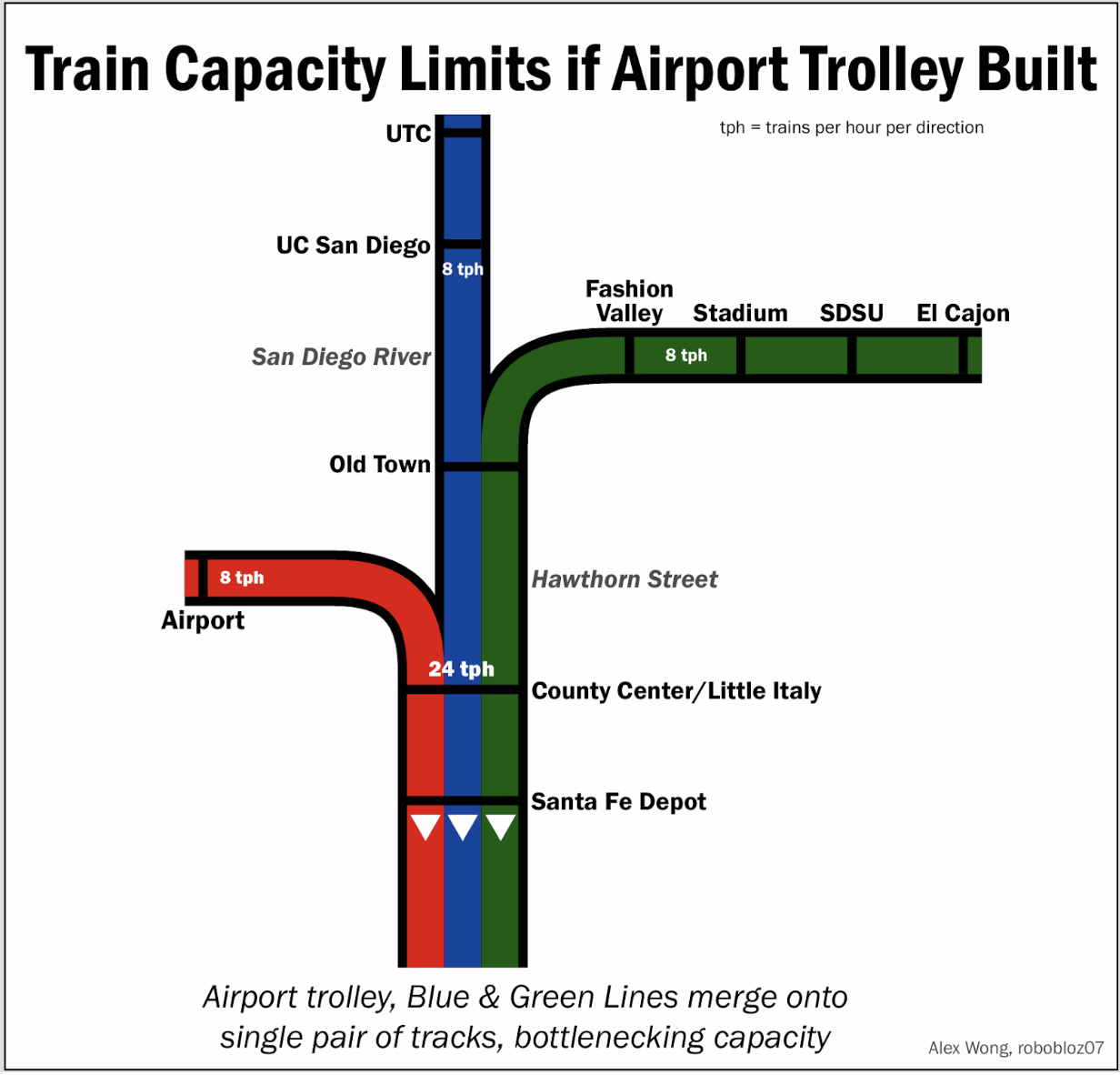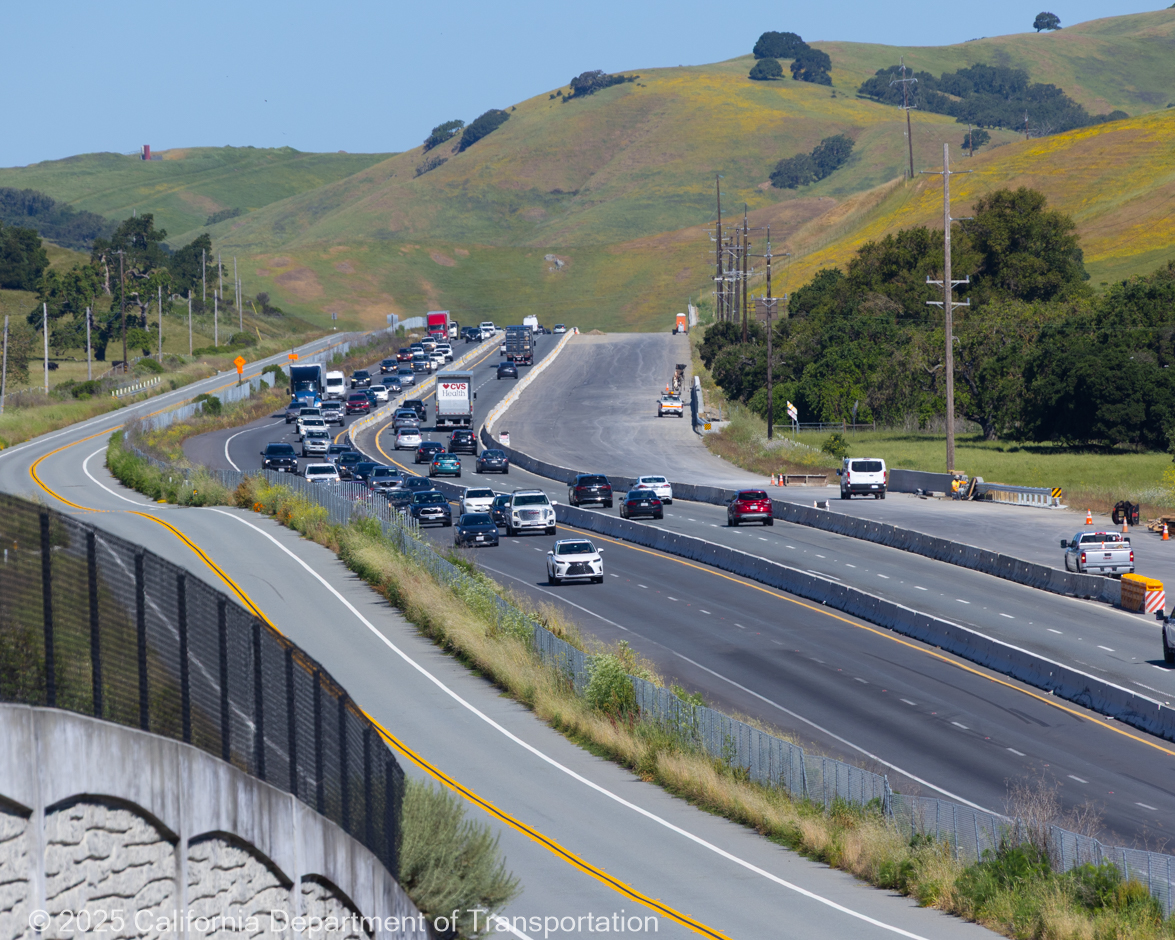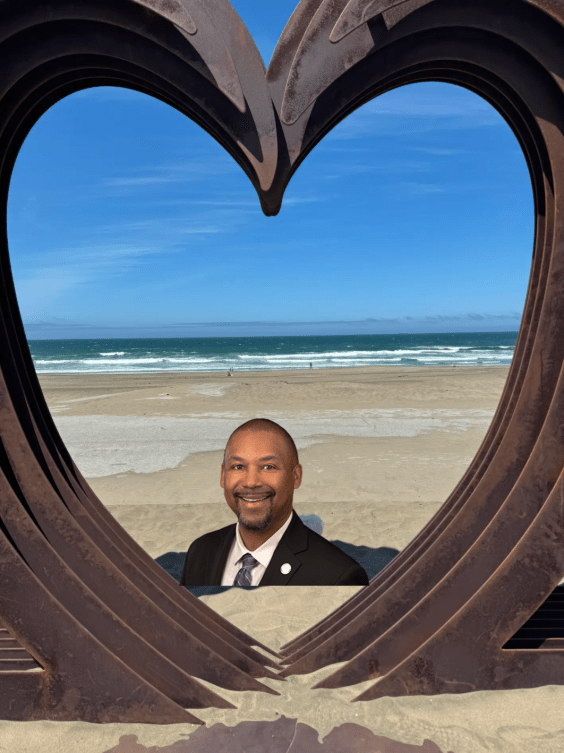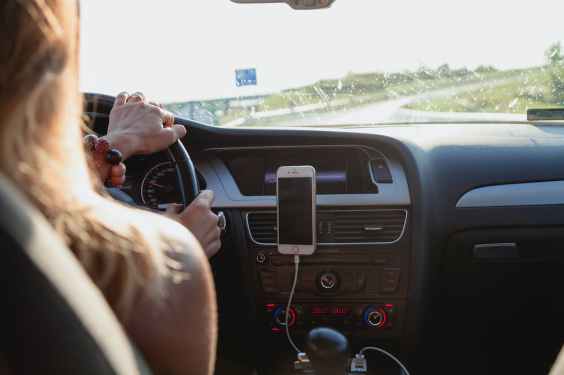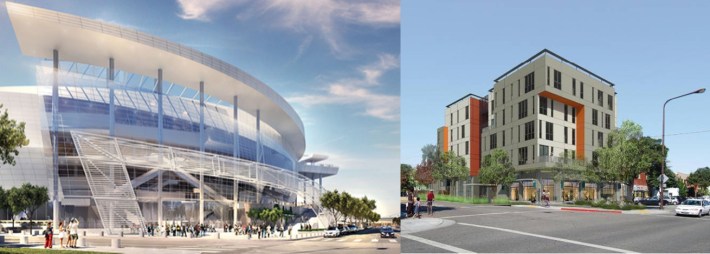
An attempt by large developers to undermine promised reforms to the state's landmark environmental review law (CEQA) is winding its way through the Assembly.
The bill, A.B. 779, was watered down before being presented to the Assembly Transportation Committee on Monday. It now calls for delaying new CEQA guidelines, due from the Governor's Office of Planning and Research some time this spring, until July 2017.
Assemblymember Cristina Garcia (D-Bell Gardens), the bill's author, says that the still-unfinished OPR guidelines would make it difficult for infill developers to complete projects by requiring them to conduct two complex traffic analyses, one for CEQA and one to fulfill local requirements.
Infill developments, which produce fewer vehicle miles traveled than developments in outlying areas, “would be harder to build,” she said. “This bill would press 'pause' until we can have detailed discussions about the new guidelines.”
The new guidelines are being formulated as required by S.B. 743, which calls for OPR to come up with a new way to measure the impact of traffic from development projects. Until recently, traffic impact was measured by Level of Service, or LOS, which only evaluates projects on how they affect the flow of traffic. OPR has said it is considering replacing LOS with Vehicle Miles Traveled, or VMT, which would give a measure of how much travel a project produces, rather than focusing on whether it slows down nearby traffic.
The bill's sponsors say that developers still have to do LOS analyses outside of CEQA because of local requirements, and that having to do a VMT analysis as well would be too much work.
A.B. 779 passed the transportation committee on a 15-to-0 vote Monday afternoon, and now goes to the Natural Resources Committee. No one spoke against the bill. The Infill Builders Federation, sponsors of the bill, and the California Association of Counties both asked the committee to support the bill, although for different reasons.
Both groups want to “press pause” on OPR's process. Chris Lee, of the CA Association of Counties, said his organization's concern was that OPR has proposed applying its new metric statewide. “We want to make sure any change is fully vetted before it is implemented,” he said.
But a legislative action seems a strange way to make this happen.
OPR is in the middle of the process of formulating guidelines. It has been reaching out for over a year for input, including from infill developers and counties and anyone who wants to weigh in. It hasn't finished the process yet, but has published a draft of its proposed guidelines, which is available for public comment.
Until yesterday, A.B. 779 was trying to do something very different from just “pressing pause” on a legally required process--and its previous iterations beg the question of what this bill's sponsors really seek.
Last week's version of the bill included the removal of the word “major” from the definition of “transit priority area.” As in:
“Transit priority area” means an area within one-half mile of a major transit stop
It also included language that would have greatly expanded S.B. 743's reform:
For a project located in a transit priority area, the transportation impact related to greenhouse gas emissions shall not be considered a significant impact on the environment.
That wording would have meant that any project anywhere in the state within a half-mile of even the most poorly served bus stop would be exempt from any consideration of its effect on greenhouse gases, including a study of induced trips or VMT. Sounds like something a developer of sprawl would really like.
But why would the bill's sponsors care about that? They're infill builders, after all: the Infill Builders Federation. That means they're interested in building infill, to take advantage of—and support--existing transit and bicycle and pedestrian networks--right? You'd think they'd be happy to prove, through analysis of VMT or whatever metric is finally decided on, that their projects contribute to the fight against climate change.
But it turns out the executive committee of the Infill Builders Federation is not what it seems. Most of its members are developers who work on very large projects not usually thought of as “infill.” Like the Warriors Arena in San Francisco. And business parks. And regional malls. All big, lousy sprawl projects pretty much guaranteed to create more traffic and more greenhouse gases.
A.B. 779 has been simplified, and these blatant attempts to gut CEQA's ability to support climate change efforts have been removed. But the red flags are up--bills can always be amended again before they become law.
And the question remains: why is this legislative action even appropriate? The legislature, with S.B. 743, directed OPR to develop guidelines, which it is doing. Why would the legislature step in now and say “whoa!” when the process isn't even complete?
It may be true that the new guidelines could cause infill builders to do more work, if they still have to measure LOS to fulfill local requirements--but since many cities and counties have already abandoned LOS, that's certainly not the case everywhere. Also, because of state climate change policies, local areas are starting to measure VMT anyway.
But even if this charge has merit, which is questionable, it would seem that the proper place for a discussion of these issues is within the OPR's public feedback process, not in the form of a proposed law.
